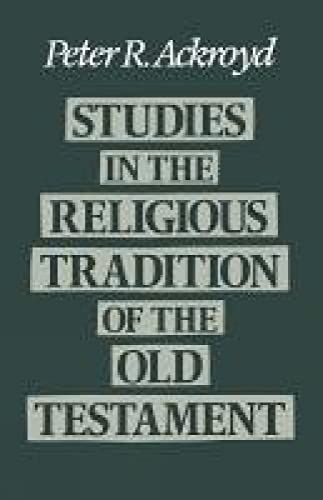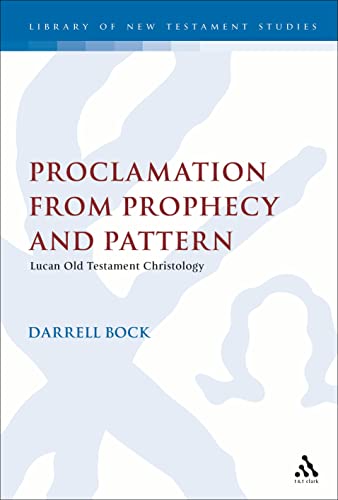Pax Romana and the Peace of Jesus Christ
Written by Klaus Wengst Reviewed By D. F. WrightThis interesting book, which lacks some of the material in the notes of the German edition (1986) but still offers only 143 pages of text, falls into two parts. The first analyses the Pax Romana in its military, political, economic, legal, cultural and religious aspects. A providential reading of history has long accustomed Christians to view the Pax Romana predominantly in terms of its advantages and benefits, as part of the praeparatio evangelica. Wengst’s well-researched account shows that, although voices were not lacking to portray ‘the whole earth … arrayed like a paradise’ (Aelius Aristides), others saw things very differently. One such was the British chieftain Calgacus, to whom Tacitus attributes the speech that includes the famous charge against the Romans, ‘They create a desert and call it peace.’
The second, longer, part of the book illustrates the spectrum of attitude and response in the early Jesus movement. In Jesus’ ‘other way’ Wengst discerns ‘a critical detachment from the rule exercised in his time, which secured the Pax Romana … this basic negative tone in the evaluation of the Pax Romana’. Paul experienced its guarantors as potential and often actual persecutors; history shaped by the Pax Romana is ‘the history of death which Christ will break off. The loyalty of Rom. 13 is that of the unassimilated alien and cannot be total.
Luke-Acts, on the other hand, depicts Rome and its representatives in an explicitly favourable light. Luke omits the violence practised in the Pax Romana. Although there are limits to Christian loyalty to ruling bodies, Luke demonstrates them only in connection with Jewish, never Roman, authorities. In similar fashion, the author of 1 Clement shows himself to be ‘a theological apologist for the Pax Romana’. As a Roman he identifies with his fatherland and keeps quiet about persecutions, which he blames on the Christians’ own misdemeanours. Very different is Clement’s contemporary, John of the Apocalypse, who depicts Rome and its actions in unreservedly dark tones.
The fact that the two texts closest in time, Revelation and 1 Clement (for which Wengst does not consider a pre-70 date), display the most widely divergent positions emphasizes the importance of standpoints and perspectives. It does not prevent Wengst concluding from some reflections on Heb. 11 that Christians have no alternative than ‘to go out from the fortress of a policy of security which is already fatal’. But the variety of stance that he finds in the documents can scarcely allow for such a singleminded message.
Students of Christian beginnings as well as those concerned to work out a biblical political theology will find much illumination in this book. Wengst is an attractive writer, with a suggestive rather than dogmatic style. His comments on the taxation question (Mk. 12:13–17), for example, are penetrating. But I felt that this exegesis from time to time appeared strained in the direction of an over-politicized reading of the text. Do 1 Cor. 15:24–26 speak inescapably of Roman power? The ‘peace with God’ of Rom. 5:1 may be more than mere ‘peace of the heart’, but Wengst’s explanation is tortuous and not readily preachable. The treatment of Paul in such a book is bound to be the acid test, given Rom. 13:1–7. If Wengst is not wholly persuasive about Paul, his work remains a valuable exercise in contextualizing Jesus and a selection of early Christian writings.
D. F. Wright
Edinburgh







